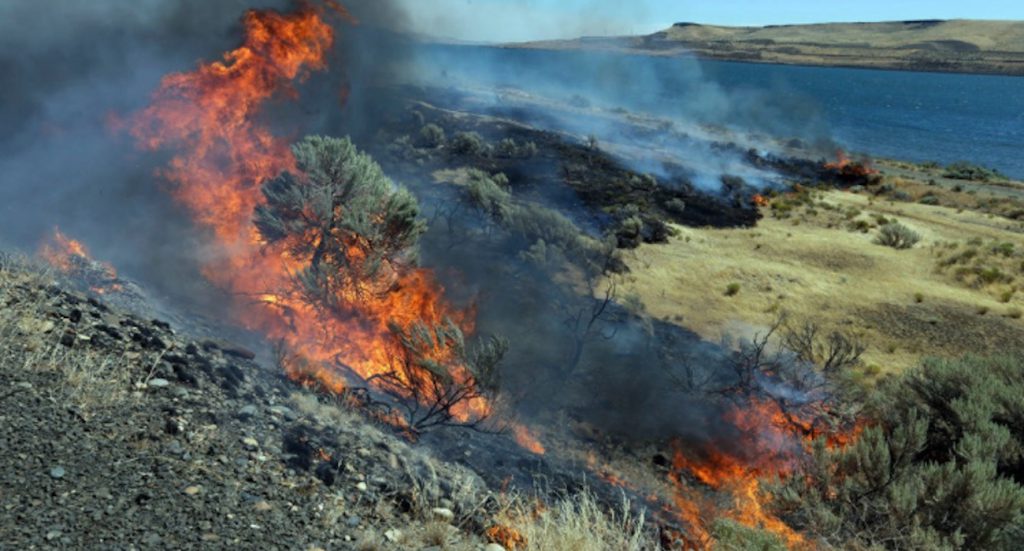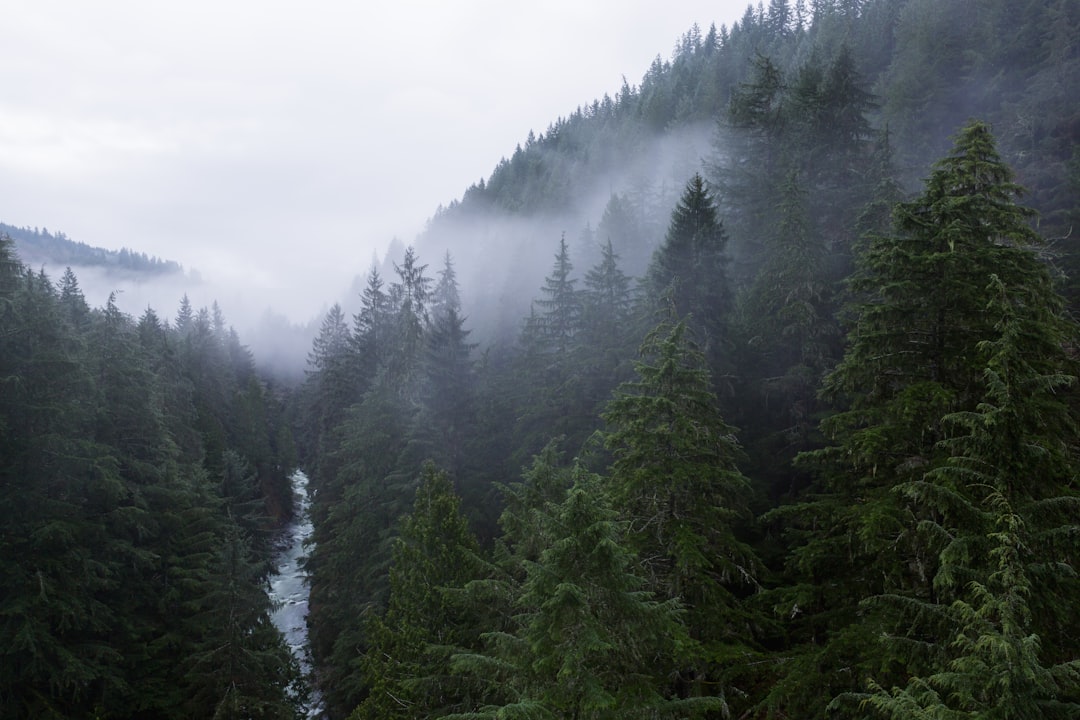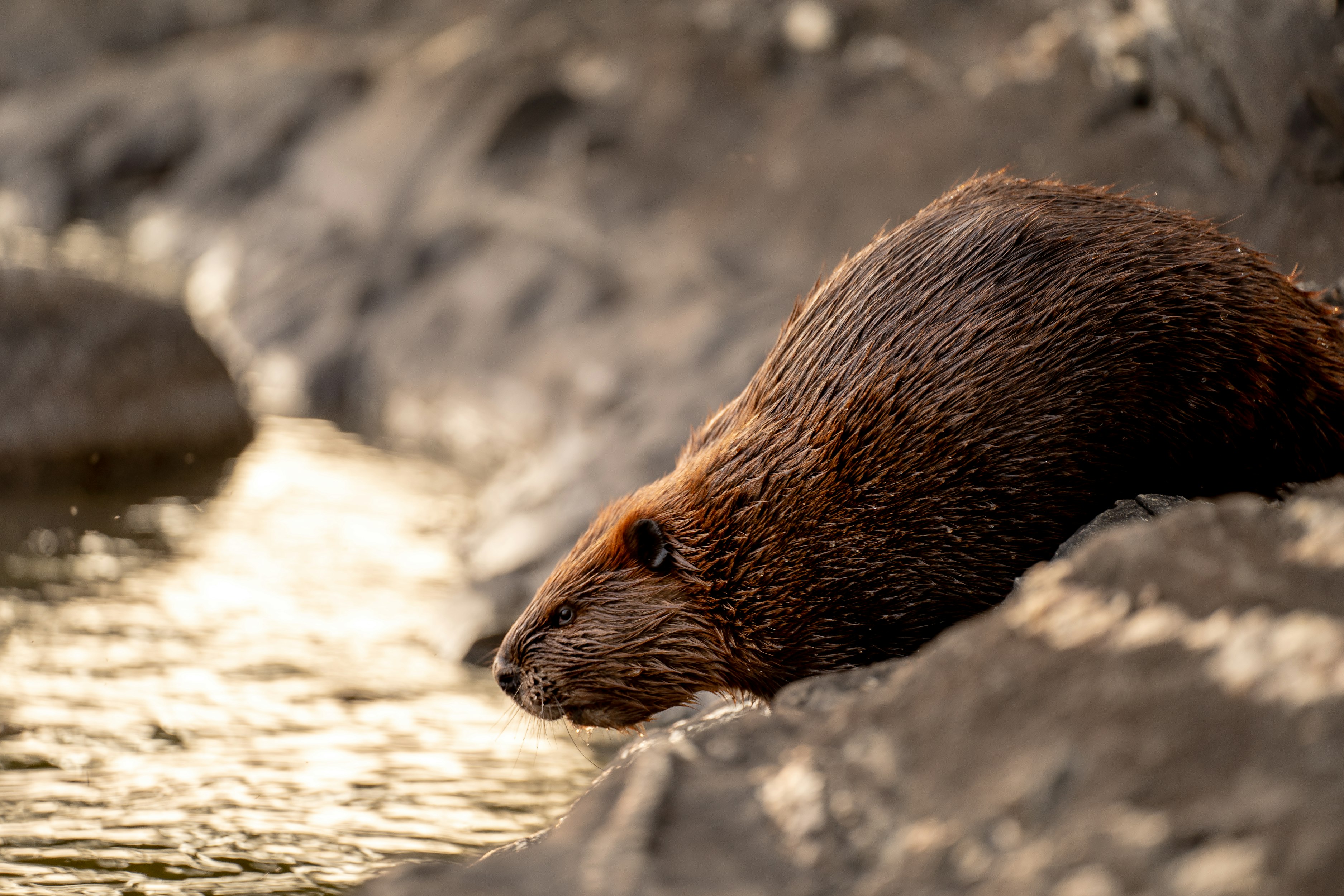Restoring the West’s Burned Rangeland, With Seeds and a Pasta Machine
“Fire is often touted as a beneficial substitute for grazing Western rangeland. It is not. Fire bares soil, sterilizes soil by killing soil microorganisms, releases toxins, and destroys precious organic material.
The best and cheapest way to maintain or restore healthy ranges – and prevent wildfire – is with periodic planned grazing of cattle, and the impact of other wild animals.
NOTE: this article initially appeared on NYTimes.com on July 17, 2018. It was written by Kirk Johnson.
In a little government building on eastern Oregon’s high desert, a restaurant-grade pasta machine spits out sagebrush and grass seed tortellini. Odd, perhaps, but scientists are into it.
They put a mixture of compounds into the machine along with the seeds, and pods or pellets come out.
The seeds — coated with a cloak of botanical trickery to hold moisture or delay germination — are ready for planting on the mostly treeless open-range landscapes that have been scorched by fire.
If you think sagebrush is the great survivor of the American West, unkillable in the harshest, driest conditions, you’re mostly right. Sagebrush is a stubborn survivor when it grows up — a signature species of the arid countryside of Nevada, east of the Sierra Nevada, and in Oregon, east of the Cascades.
But getting to that point is hard. Infant mortality is a problem. Few seeds survive to germinate. Scientists trying to restore land devastated by wildfire say coating the seeds with the protective layer may help them through the vulnerable early days. The thinking is a little like swaddling a baby. The idea is still in testing.
Along the way, the fires are also becoming their own brutal testing ground. They have gotten bigger, with more acres burned per fire. Last year came close to the record on that measure. And the fires are often hotter as well, enough in some cases to all but sterilize fragile rangeland soils deep below the surface, making regeneration harder.
Why has so much rangeland been burned?
It’s partly that this type of land is less treasured than the green, forested places that attract hikers, campers and nature lovers. Grass and sage country is important for ranchers, bird-watchers and for devotees of Edward Abbey and his book “Desert Solitaire.” But when blazes roar through, there are fewer people and buildings that must be defended. With limited budgets, firefighting agencies like the United States Forest Service and Bureau of Land Management have to prioritize. Many range fires burn until they go out on their own.




A friend remarked:
What’s true in Oregon in regard to fire does not necessarily apply in Texas.Much of Texas was for eons a fire influenced ecosystem.. Additionally there are different kinds of fires Just like there are different kinds of automobiles. Some are fast. Some are slow. Some are hot and some are not. Whoever wrote this article apparently had his experience limited to Oregon and much of what he said maybe very accurate for wildfire in Oregon.But East Texas pine forests, Gulf Coastal marshes and Central and South Texas can and benefit from proper prescribed burning. The fellow that wrote this piece may be right on for the Pacific Northwest… but not most of Texas.
To which I replied:
Hello Mike,
You are correct that Texas’ habitats vary greatly. In our Southwestern deserts, fire may better than total and partial rest (from concentrated grazing), but planned grazing is better than fire.
Thanks for commenting.
Hi Chris,
I’m a pastoralist in the north west of Western Australia, looking into new techniques to restore our rangelands. I am very interested in what you are putting in your seed bombs and what you are coating them in. If you have any further information or could point me in the right direction I would be very grateful.
Dear Rachel,
Our far-West Texas desert grasslands restoration efforts involve treating very large areas, thousands of acres. It is impractical and economically prohibitive to seed at these very large scales. On open range, we have had very good luck with what we call “Drought Busters”: a combination of planned cattle grazing, wild animal impact, water harvesting and Keyline subsoil plowing. As a general statement you have seed in the ground already and when you bring these together something will volunteer.
Keyline was developed in Australia and is the foundation for what is today called permaculture. Keyline is discussed here: https://pitchstonewaters.com/keyline-101-video/
Drout Busters is discussed here: https://pitchstonewaters.com/drought-busters-101/
Good luck, I hope this helps. Contact me anytime.
Chris Gill
christopgergill@lngres.com